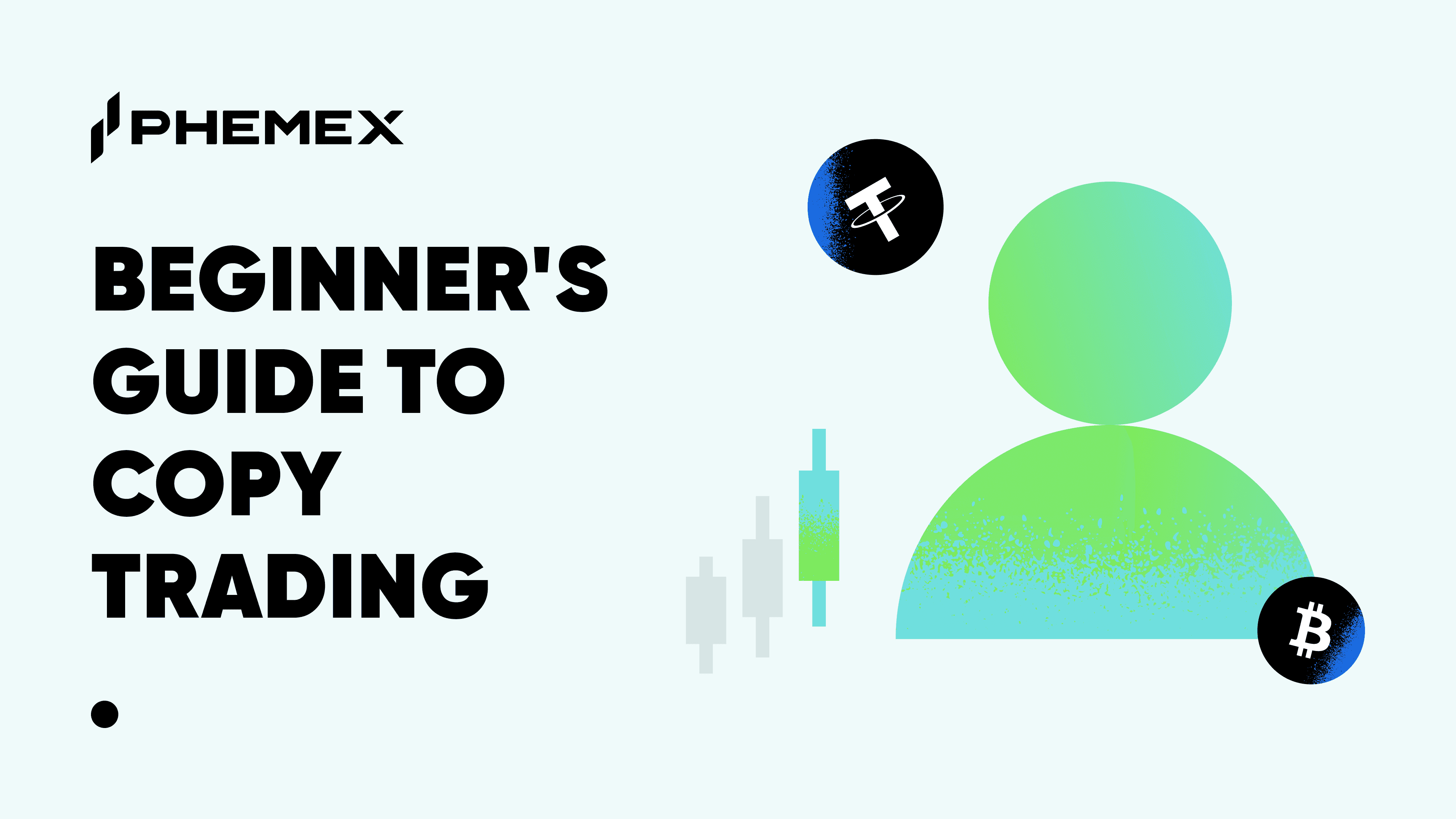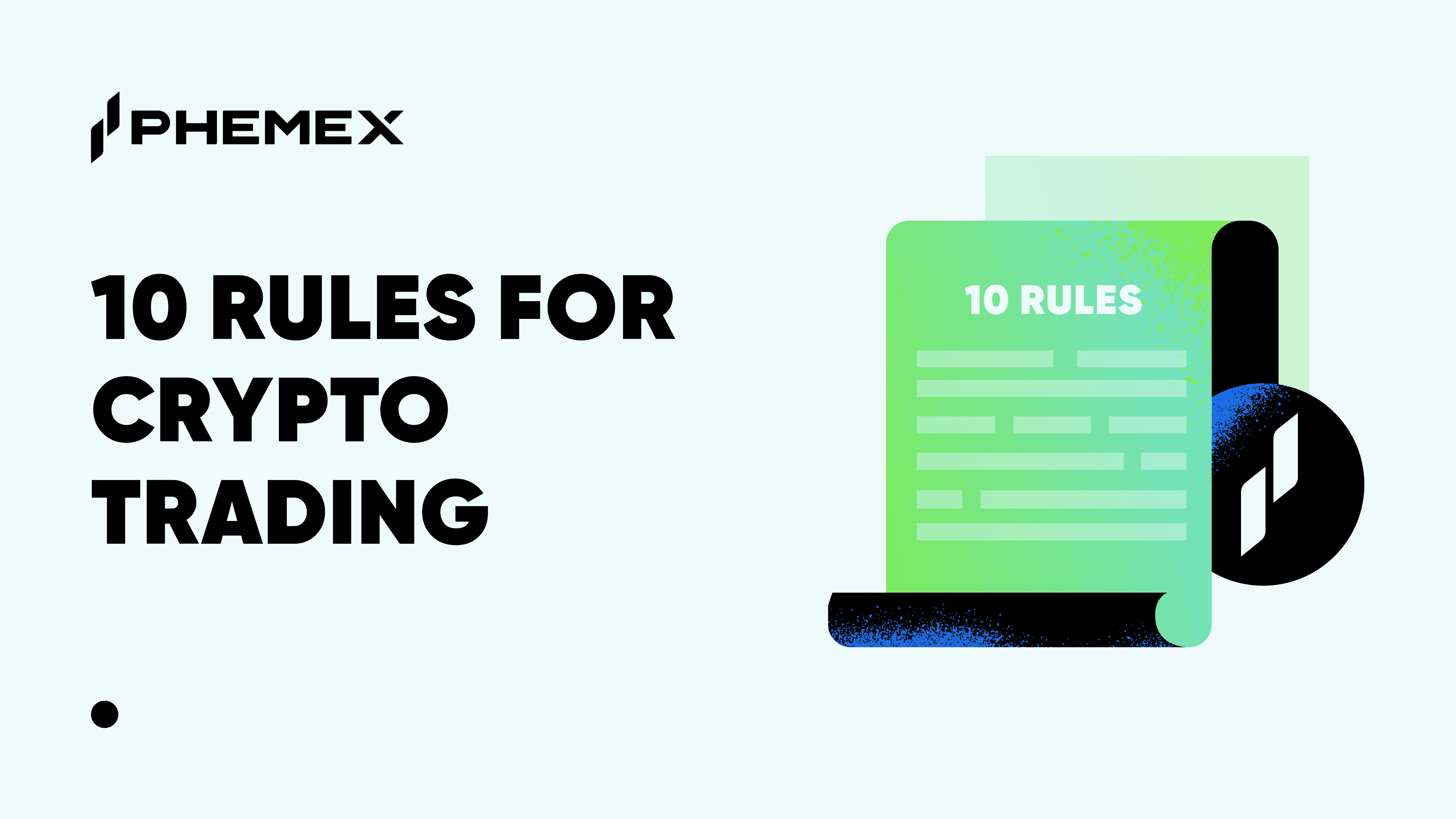The risk/reward (R/R) ratio is one of the most powerful trading metrics. In crypto trading, it helps traders minimize risk and maximize profitability. Using the R/R ratio, you can increase your profitability by setting strategic stop losses and take profit orders.

What is Risk/Reward Ratio?
The risk/reward ratio is used to measure the potential upside and downside of each trade using the entry price, stop losses and take profit orders. Thus, there are two main tools you need to make the risk/reward ratio work: Stop losses and take profit orders.
On Phemex, you can set a stop loss to get out of a trade if it swings against your position. For example, if you enter a Bitcoin (BTC) long position at $40,000, and your stop loss was set at 5%, you would automatically exit the trade at $38,000.

Traders on Phemex can also set automatic take profit orders. If your target profit is 15% and your entry price was $40,000, the take profit will automatically close your trade at $46,000.
What is a Good Risk/Reward Trending Ratio?
The risk/reward ratio can be calculated by using formulas, but the idea is that you enter a trade where the profit potential is higher than the loss potential. A 1:3 risk/reward ratio — in other words, you risk only $1 but stand to gain as much as $3 — is considered optimal among many crypto investors and is often read as “0.3” in calculation formulas.
The risk/reward ratio can be lower or higher than 0.3, but taking a higher risk minimizes your chance of profitability, whereas lower risk doesn’t always leave you with a decent profit. It is recommended to have a maximum risk/reward ratio of 0.5. With a ratio of this kind, you stand a better chance of profitability.
Why Risk/Reward Matters
The risk-reward ratio is the simplest and most powerful trading metric because it mathematically calculates the potential upside and downside of each trade, allowing you to make a calculated trade. It is arguably more important than the “win rate” because it can be applied to all trades, regardless of your trade history.
If you have a win rate of 80% (8 out of 10 trades are successful), you can still wipe out your entire balance on one bad trade. If you apply R/R calculations, you can minimize your trade risk and set a stop loss that would allow you to recover your initial loss. This makes it possible to set up a profitable system even with a smaller win rate.
The trades don’t always have to use stop losses and take profits, but the risk/reward calculation allows you to understand what you’re getting into. For example, the R/R might be 1:3 when your take profit for a Bitcoin trade is set at $45,000, but you can remove the take profit and let it run until $50,000, leaving you with an even larger profit margin.
Professional traders like to calculate the risk/reward of each trade because they’re risking a lot of capital. If you enter a trade with over $1,000,000, you want to know there is a stop loss should the trade go wrong that will prevent a large loss of capital. Likewise, people trading with only $1,000 will benefit from the same tools.
The relationship between these tools is crucial for calculating the R/R ratio of each trade, as we’ll explain below.

How to Calculate Risk/Reward Ratio for Crypto Trades
To calculate the risk/reward ratio of your crypto trade, you need to have a base “entry price.” The entry price is the price of the crypto at the moment you enter the trade. For example, it could be $48,000 for BTC or $3,500 for ETH. The calculations are made from a base entry.
The “risk” in the R/R rating stands for the maximum loss you can endure in that trade. This is marked by setting a stop loss. The “reward” is the automatic profit you will take after a trade reaches a certain price.
On Phemex, if you long BTC, your take profit could be set at 50% more from the entry price or even 200% more. If you use leverage, this multiplies your profitability, but it also increases your loss potential.
R/R Ration Formula
The R/R ratio is calculated by dividing the risk by the reward. We can run calculations for every trade using a simple formula:
(Entry Price – Stop Loss) / (Take Profit – Entry Price) = RISK REWARD RATIO
Here’s how to apply this formula for a Bitcoin trade:
- Entry price: $50,000
- Stop-loss: $48,000
- Take profit: $54,000
Calculation: (50,000 – 48,000) / (54,000 – 50,000) = 2,000 / 4,000 = 0.5
This trade has a R/R ratio of 0.5. To keep your trades profitable on the regular, you want to aim for R/R ratios between 0.3-0.5.
The same calculation can be applied for an ETH trade:
- Entry price: $2,800
- Stop loss: $2,600
- Take profit: $3,400
Calculation: (2,800 – 2,600) / (3,400 – 2,800) = 200 / 600 = 0.3
Here’s another ETH trade where the R/R ratio is 1 (equal risk/reward):
- Entry price: $2,800
- Stop loss: $2,600
- Take profit: $3,000
Calculation: (2,800 – 2,600) / (3,000 – 2,800) = 200 / 200 = 1
The second ETH trade is less risky than the first ETH trade because the take profit is set at $3,000, which ETH is more likely to reach before it reaches $3,400. However, the upside potential is also minimal.
There are only three possible outcomes: The risk is higher than the reward, the reward is higher than the risk, or the risk is equal to the reward. If the R/R ratio exceeds 1, you stand to gain a lower reward than the amount you risk losing.
Stop-Loss and Take Profit in Risk/Reward Ratio Calculation
Using trading strategies like R/R only makes sense if you’re using trading tools like stop losses and take profit orders. Phemex provides these tools to every account, and we explain how to set up a stop loss or take profit in our handy video guide, How to Place Take Profit and Stop Loss orders when trading crypto?
The R/R calculation can also help you calculate the returns you need to make up for the loss of capital. This gets exponentially harder the more capital you lose. Here is an illustration that shows the returns you need on each trade to recover the initial loss of capital:

As noted, if you lose 90% of your capital on one trade (marked as 0.90 in the chart above), you will need a 900% return on the 10% you were left with to recover your initial capital. If you lose only 5% of your capital (by setting a stop loss), you only need to make a 5.26% profit on your 95% remaining balance to recoup your original loss.
Does Risk/Reward Ratio Work for Crypto?
The R/R ratio is used for stock trading and crypto trading alike. However, R/R ratios are much more reliable for stock markets, because stock markets are less prone to volatile swings. The crypto markets are at an early stage of development and are much more volatile.
The crypto market cap is smaller than the forex or gold market cap, and this makes it prone to violent price swings caused by small forces such as whales that hold large reserves of crypto. The so-called “Bitcoin whales” have a ripple effect on the markets, especially miners who sell their coins to remain profitable. Moreover, altcoins are often affected by the behavior of Bitcoin.
In crypto markets, it’s common for large cryptos to swing 10-20% in a day. Crypto traders have to be attentive to news in the crypto world that could trigger a rapid appreciation or depreciation in crypto prices. If you trade ETH or other alts, you must be in tune with the price of BTC.
The bottom line is that you can’t rely on the R/R model alone and must follow other developments in the crypto markets. Imagine you calculated a relatively low-risk BTC trade with an R/R rating of 0.3. While it could prove successful, overnight there could be news such as Tesla announcing it no longer accepts Bitcoin or China banning Bitcoin, causing the markets to fall.
Conclusion
The risk/reward (R/R) ratio calculates the units of return you can expect in exchange for units of risk. An ideal trade has a potential reward higher than the risk. If you have a 0.3 R/R ratio, this means you stand to gain $3 for every $1 you risk. For most trades, a risk ratio up to 0.5 is recommended.
To make your trades effective, start by calculating the risk/reward ratio using the methods shown in this guide and apply them to your trades. Using stop loss mechanisms can help you avoid unacceptable levels of risk, and take profits can automatically cash you out at a certain point in the trade.
Read More
- How to Use Risk Parity in Crypto Trading
- What Is Risk Reversal: How to Leverage Trade Crypto Safely
- What is RSI: How To Trade Bitcoin With The RSI Indicator
- What is The 2% Rule in Trading: How to Grow Profits and Manage Risk
- How To Trade Crypto: The Ultimate Investing Guide
- Capital at Risk vs Value at Risk: How to Evaluate Your Investment Risk
- Crypto ROI: How to Calculate Return on Investment (ROI) for Crypto?
- What is The Efficient Frontier: Key to Profitable Investing









